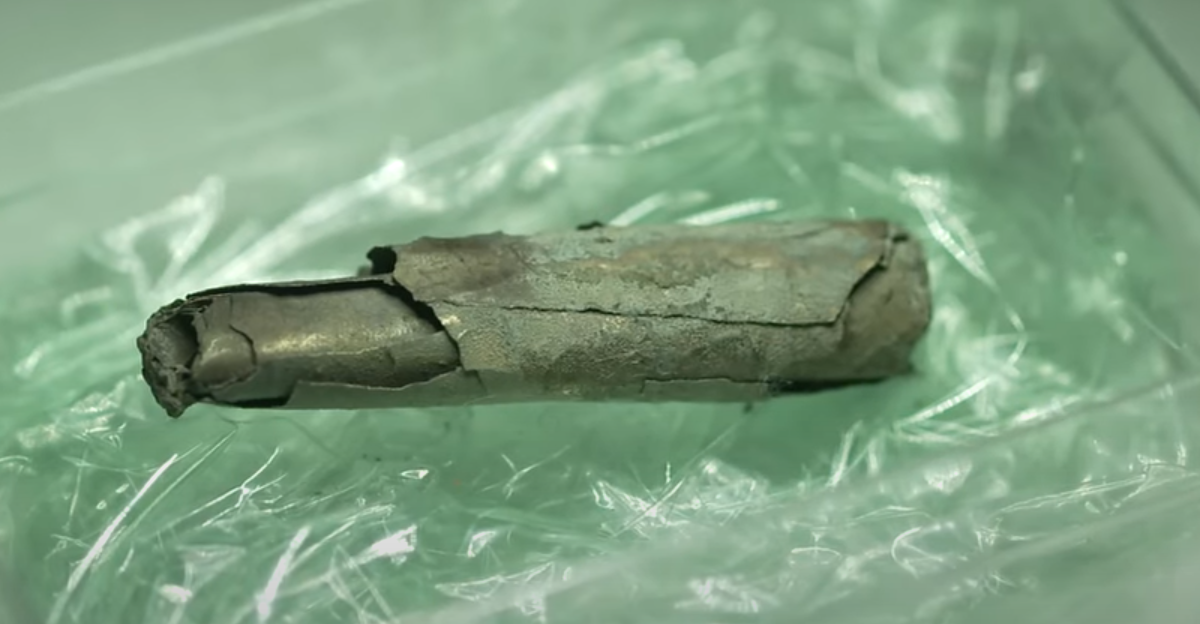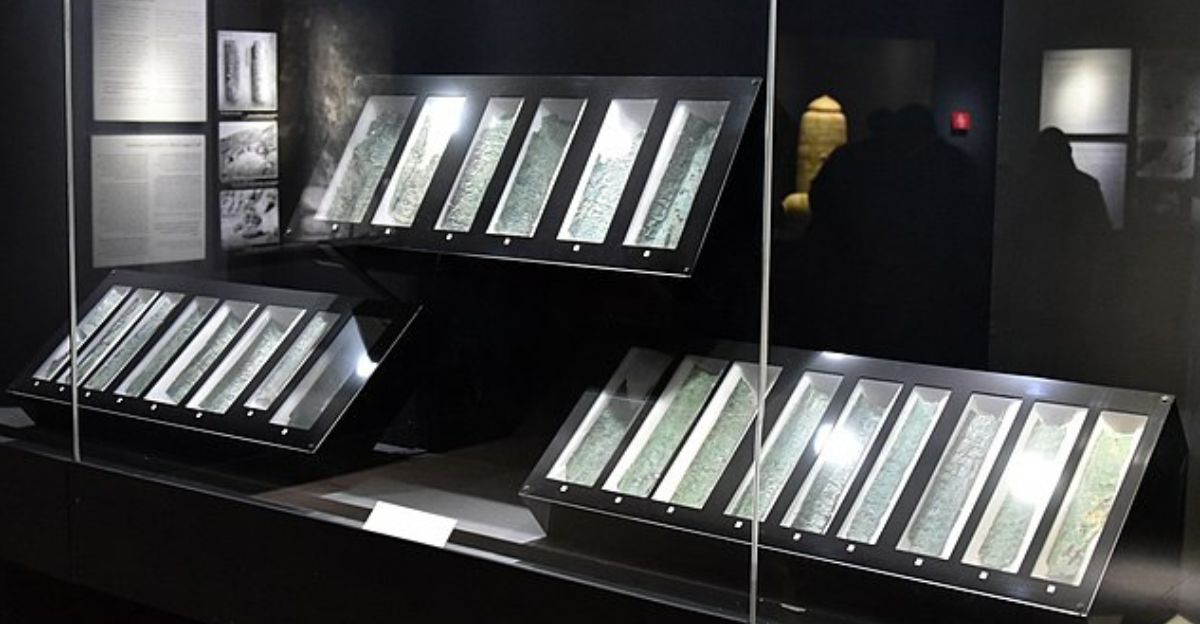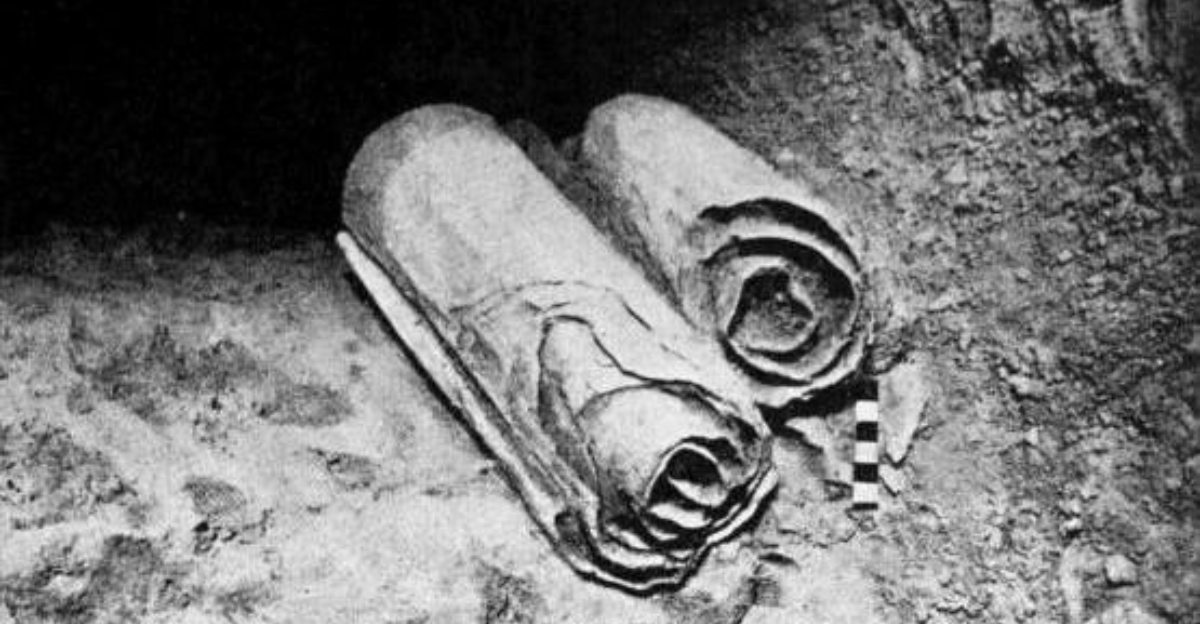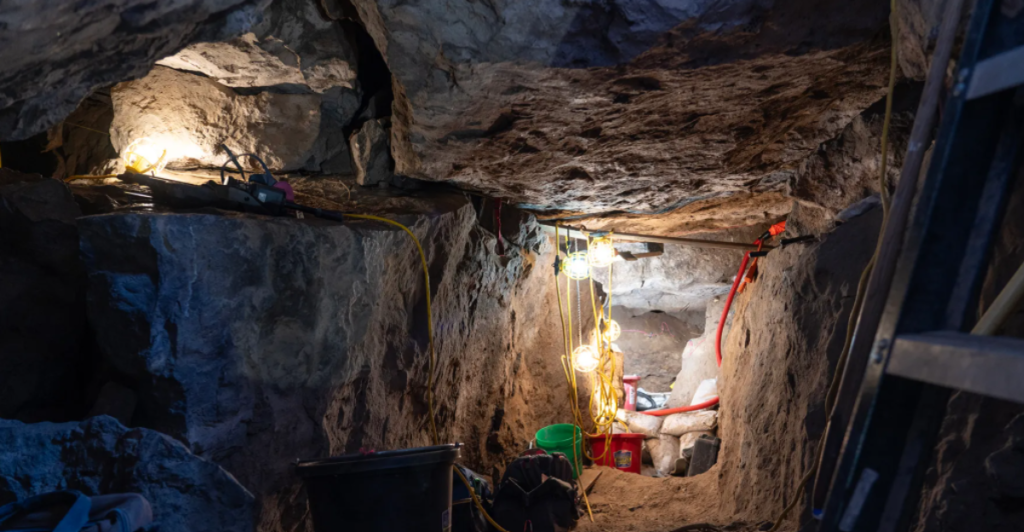
Far out in the endless desert of West Texas, archaeologists uncovered a 6,500-year-old hunting kit in Big Bend National Park. The incredible discovery is rewriting our understanding of early North American civilizations. It defies assumptions about prehistoric technology, trade, and survival. The kit, composed of darts, foreshafts, and a leather pouch, is perhaps the oldest of its kind in North America. Found in a rock shelter, the artifacts remained remarkably intact due to the region’s dry weather. Other than their age, the tools reveal the extent of early hunters’ sophistication, raising questions in the anthropology and materials science fields.
The Unexpected Find
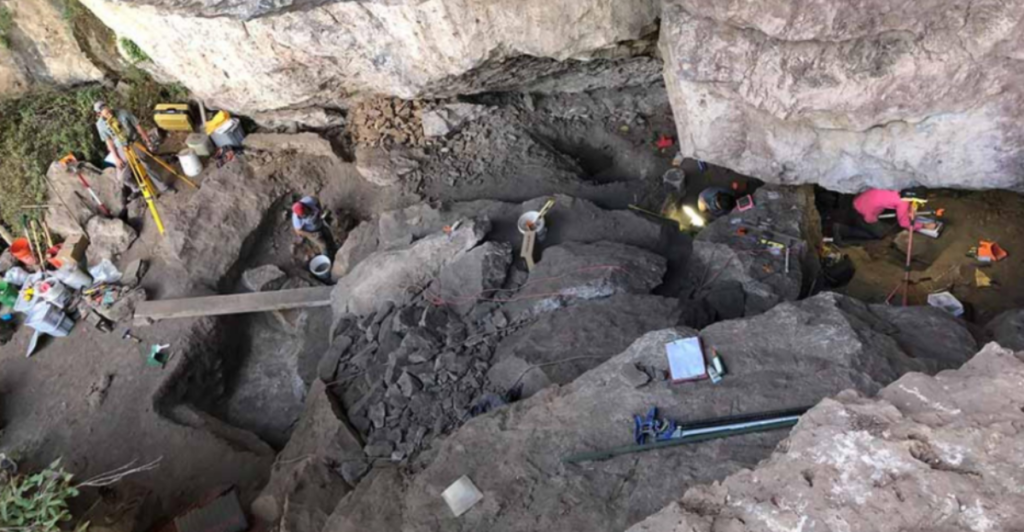
In 2023, a team of archaeologists from the Center for Big Bend Studies and the Odyssey Archaeological Research Fund at the University of Kansas were exploring the San Esteban Rockshelter cave system, looking for evidence of early humans in the Big Bend region. Inside the cave system, they found a leather pouch, partially hidden under centuries of debris, containing well-preserved ancient Native American atlatl-based hunting tools. The isolated nature of the site preserved the delicate materials, which are believed to be the oldest intact weapon systems to be recovered to date.
What’s in the Bag?
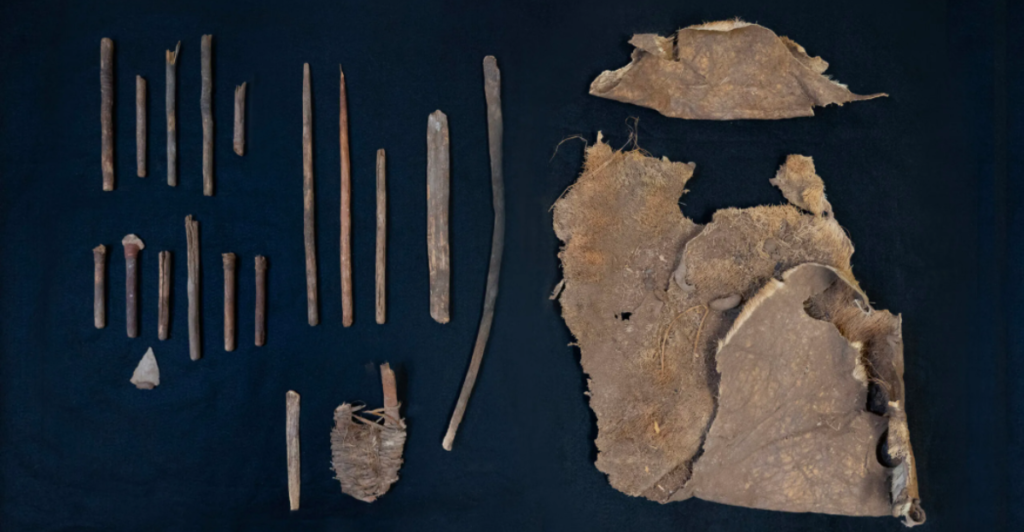
The leather pouch included a partial atlatl (spear or dart thrower), four hardwood foreshafts, six stone-tipped foreshafts, four damaged dart nock ends, and a rare, straight-flying boomerang. The foreshafts were likely used to join darts with a spear-throwing lever and appear to be designed to break off when striking something—an early form of modular technology providing insight into early humans’ understanding of aerodynamics and hunting efficiency.
Reconstructing Atlatl-Based Hunting Tools
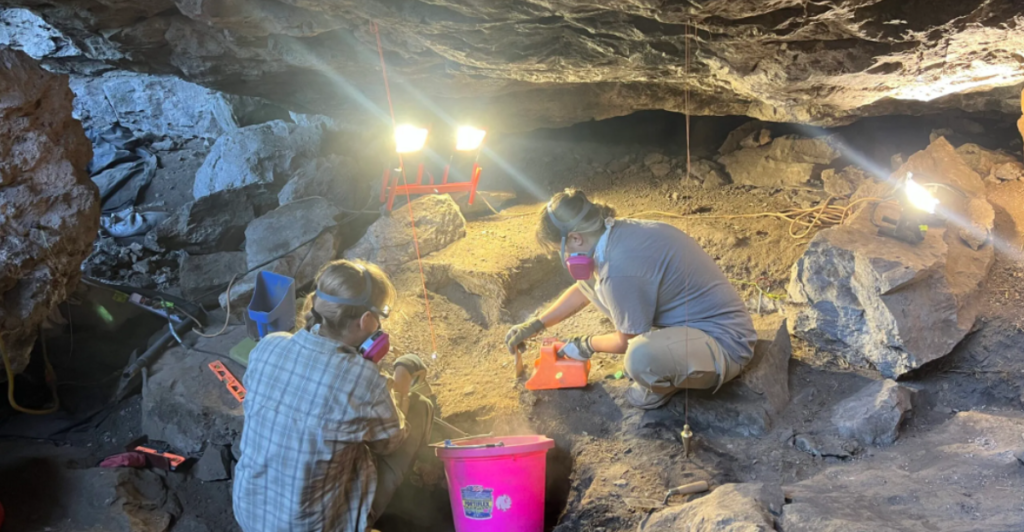
The discovery of the well-preserved kit has allowed scientists to fully reconstruct how these tools were used, despite some pieces having deteriorated over time. Because the kit was so well-preserved, researchers were able to construct the entire weapon system, providing them with a better understanding of each individual piece as well as whole hunting scenarios. For example, the hardwood foreshafts may have been used to deliver poison.
Redefining Early Tech
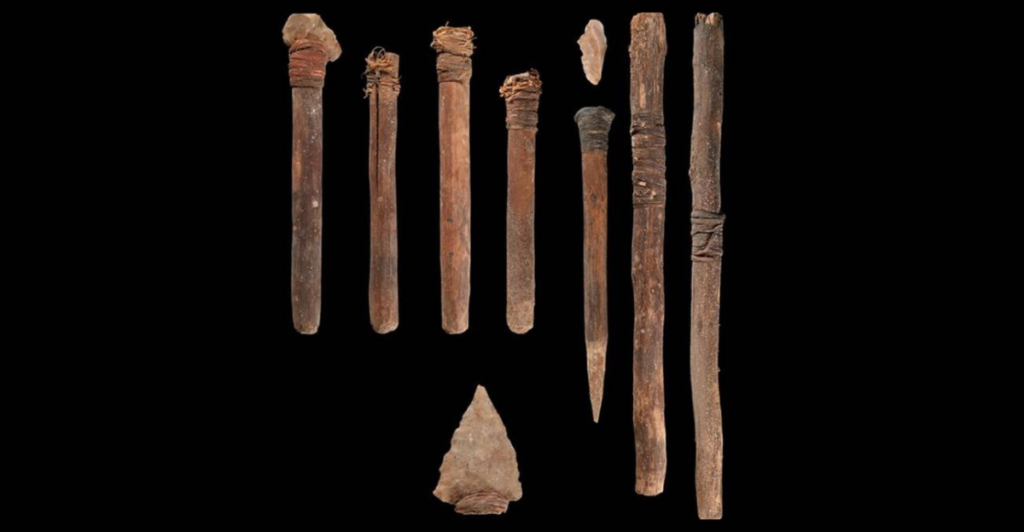
Historically, we thought that early tools were rather crude. However, this new discovery refutes that theory. The tapered tips of the foreshafts and the dart fletching indicate advanced engineering. Additionally, these tools weren’t just utilitarian ones—they were meant to be reused and relied upon. The design rivals that of early modern equipment in terms of efficiency and convenience.
Materials Science in 4000 BCE
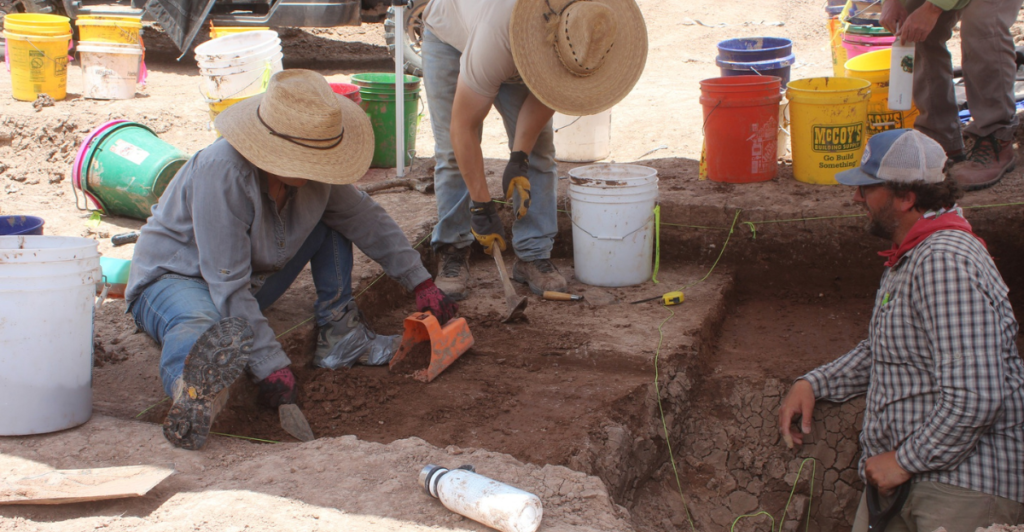
Interestingly, the team found human feces and a folded pronghorn hide. The examination of the hide showed that there was still hair on it and that it had spaced holes along the edge so that it could be tied to a frame for softening. This method of tanning is a common practice among historic Plains groups. Further, the dart foreshafts’ construction shows a remarkable design that maximizes the tool’s strength and accuracy, indicating how early humans interacted with their environment.
Disrupting the Archaeological Status Quo

Many scientists believed that nomadic hunter-gatherers in the region were more primitive. However, the kit refutes this idea. Far from uncoordinated foraging, the tools show advanced engineering and suggest that early humans tracked, targeted, and hunted animals with sophisticated and reusable tools, showing a more innovative society than previously understood.
Implications Beyond Archaeology

This discovery shows an overlap in disciplines, such as bioengineering and design. The kit’s modular dart technology echoes concepts in modern prosthetics and aerospace design—detachable sections, lightweight material strength, and ergonomic function. This indicates that history and development are not necessarily linear; even ancient innovations can still influence today’s high-tech industries.
Ethical Dilemmas in Preservation

This discovery, while providing us with valuable insight into ancient society, raises ethical questions about the artifacts’ true ownership, indigenous heritage, and land guardianship. Despite the site being protected, there is some debate about whether or not these items should be displayed or returned the artifacts to Indigenous peoples. However, collaboration with Indigenous peoples is essential in navigating the ethics of this discovery responsibly.
The Future of the Past

With LiDAR, AI, and noninvasive dating tools, the archaeological field is advancing rapidly. This discovery serves as a catalyst, urging researchers to revisit areas previously dismissed to see if other important artifacts are yet to be found. As technologies advance, so does our ability to accurately and empathetically recreate ancient lives. The past, it appears, has plenty of surprises left in store.
Sources
Secret of an Ancient Hunt
Ancient Hunting Kit from 4,500 BC Found in West Texas Cave




